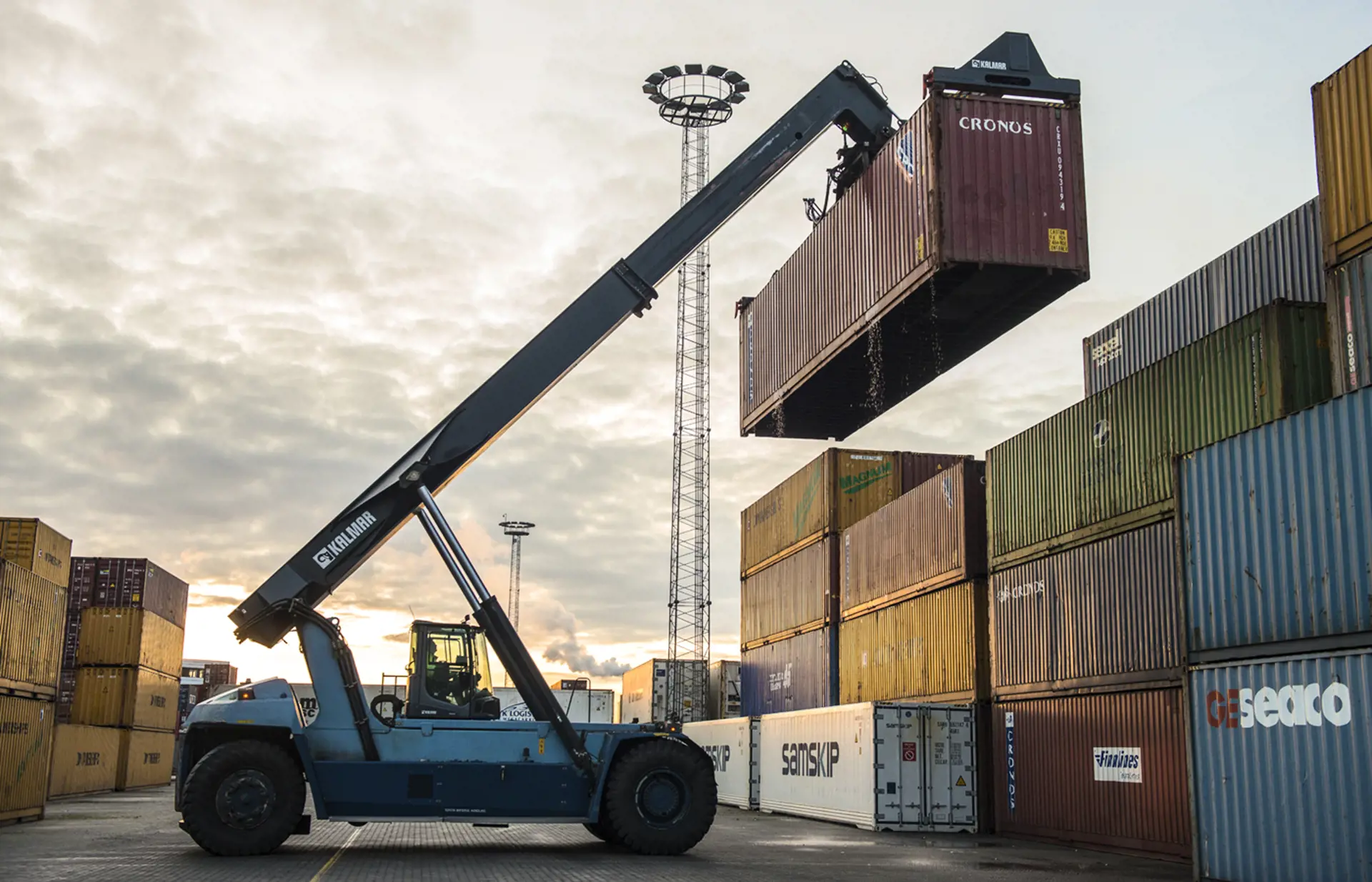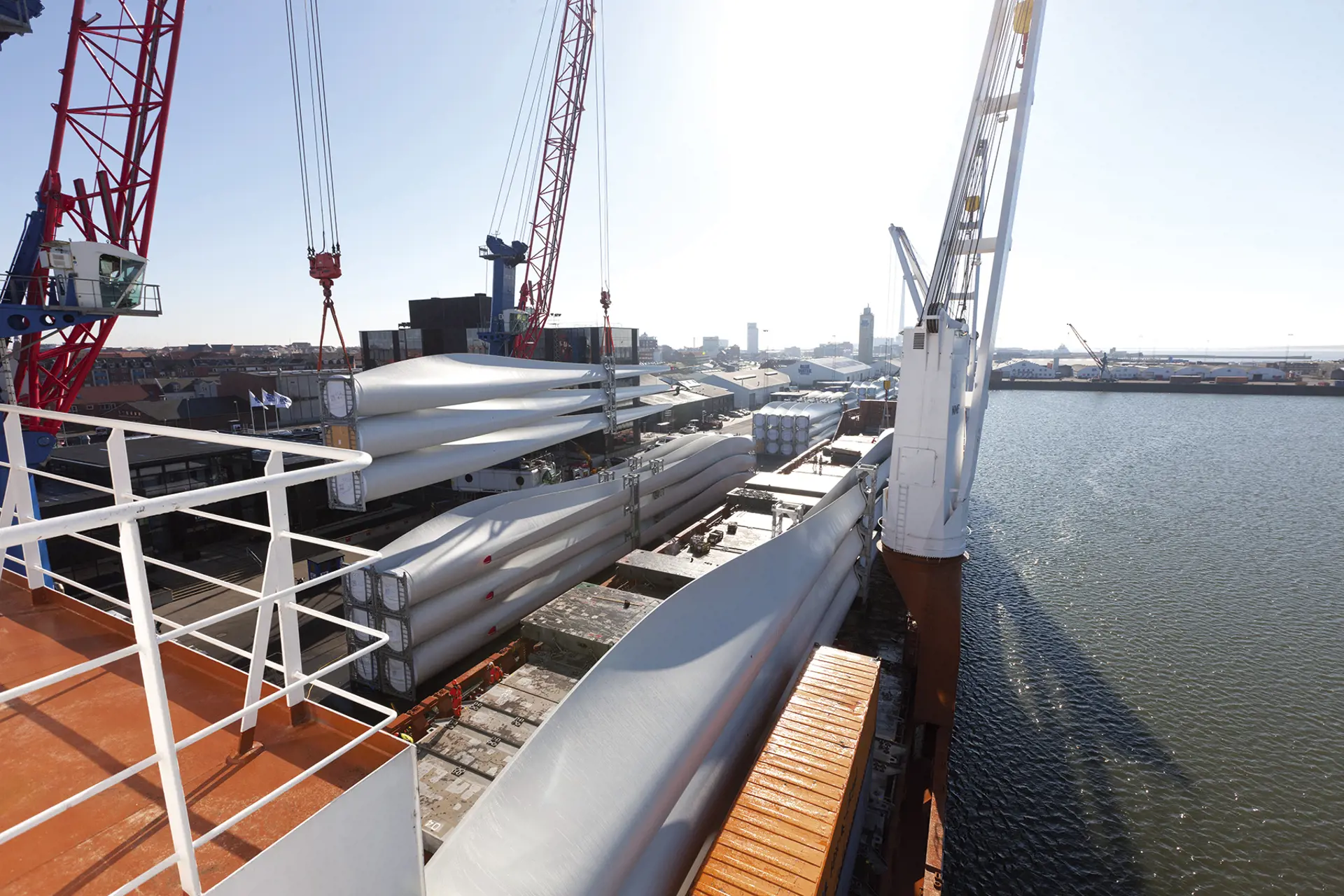Are you ready for Import Control System 2?
Blog
To collect data on goods entering the EU, a new customs system for security and safety has been introduced – the Import Control System 2 (ICS2). At Blue Water, we have been preparing for ICS2 to guide you through the process as smoothly as possible.

How to comply with Import Control System 2
The new IT system aims to better protect the market through improved, data-driven customs security processes aligned with global business models and risk management.
ICS2 prescribes that new requirements will be needed for all goods transported on maritime and inland waterways, roads and railways to or through the 27 EU countries and three other countries: Northern Ireland, Norway and Switzerland.
The system helps in identifying high-risk consignments at the place of departure, and can, potentially, declare ‘do not ship’.
To minimise the risk of your goods being stalled or rejected, we recommend you provide more detailed information when booking your transport and remain in close contact with your manufacturers when they prepare to ship your goods. This is to ensure that everything is correctly noted in the application and other documents. For all freight forwarders, it is mandatory to pass on this information to the customs authorities.
Below, you will find guidance on what you need to provide when booking your transport as well as other important information.
The different transport modes have various implementation windows. Below is an overview of important dates:
Air freight operators: From 1 March 2023
Sea freight operators: From 4 December 2024 (latest is 1 April 2025)
Road transport operators: From 1 April 2025 (deadline implementation deadline is 1 September 2025)
1. Enter a HS code for each product
A correct HS (Harmonised System) code with at least six digits must be entered when booking.
The HS code is an internationally standardised system for describing and classifying products. It is used by customs authorities to identify goods and determine the correct customs and tax charges.
It is very important that the HS-code is submitted correctly. It is possible to change the HS code in the customs clearance, but extra costs will apply, and the shipment will be delayed. Therefore, it is important that you as the importer of the goods is in close contact with your seller regarding the level and correctness of the information submitted in country of origin.
2. Provide a sufficient and accurate product description
A description must be provided for each type of goods shipped. It should include:
- What it is
- What the product is made of
- What it is intended for
The sender must also include a list of material composition, e.g. a shirt may be made of 90 % cotton and 10 % wool.
3. Where do you enter the HS code and product description?
At the time of booking, the HS code and product description must be provided to your freight forwarder.
4. Terms for describing goods
When goods are transported to or through the EU (including FROB* goods and EU transshipment), carriers must submit an Entry Summary Declaration (ENS) via ICS2.
If the ENS declaration contains stop words in the item description or in the name or address information fields (and no other sufficient information), the declaration will be rejected.
For that purpose, the European Commission has prepared a guide on acceptable and unacceptable terms for the description of goods. It's very important to avoid these words as they will stop any ongoing booking.
Visit the guide on acceptable and unacceptable terms for the description of goods here
*FROB = Freight remaining on board, i.e. cargo that originates outside the EU but transits the EU before continuing the final leg outside of the EU.
5. Enter the consignee's EORI number
The receiver must inform the sender of the EORI (Economic Operator Registration and Identification) number.
The sender must include the EORI number in the commercial invoice.
You can validate an EORI number here
6. Which shipments are subject to ICS2 requirements?
All shipments sent to or transiting through the EU* and Northern Ireland, Norway and Switzerland.
*The EU countries are: Austria, Belgium, Bulgaria, Croatia, Cyprus, Czech Republic, Denmark, Estonia, Finland, France, Germany, Greece, Hungary, Ireland, Italy, Latvia, Lithuania, Luxembourg, Malta, Netherlands, Poland, Portugal, Romania, Slovakia, Slovenia, Spain and Sweden.
Need more guidance?
You are always welcome to reach out to your local Blue Water office for more information.



